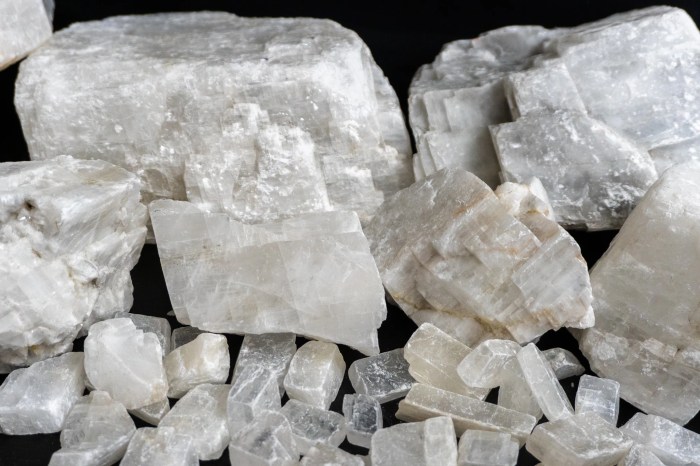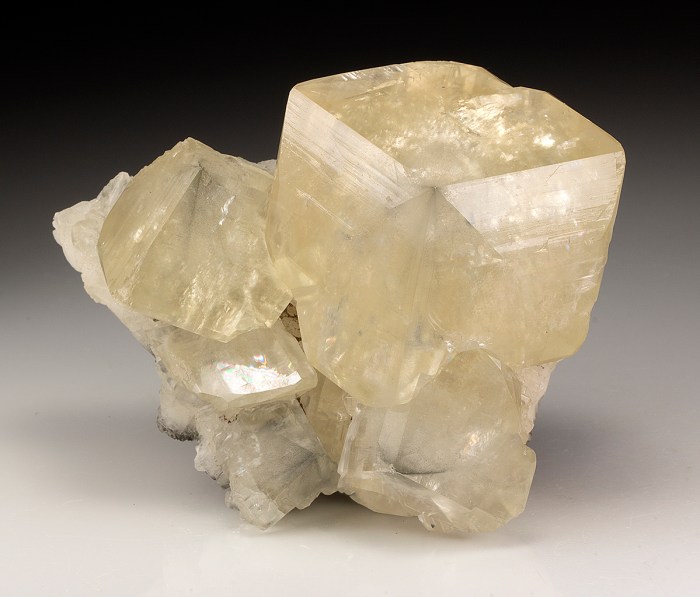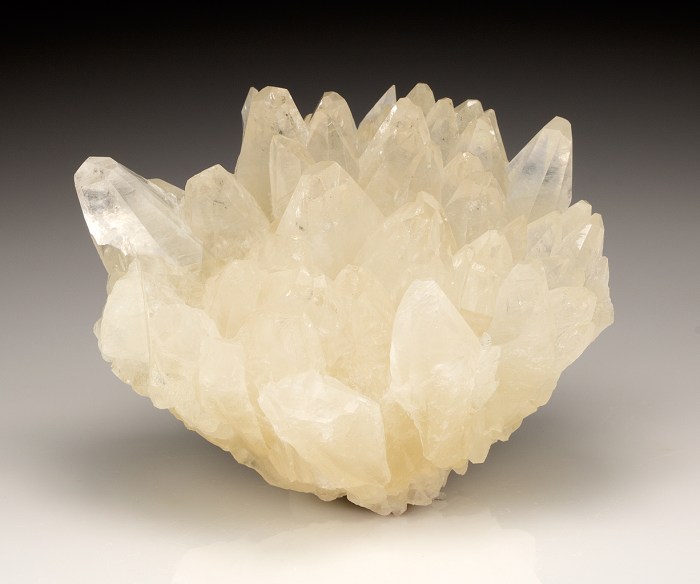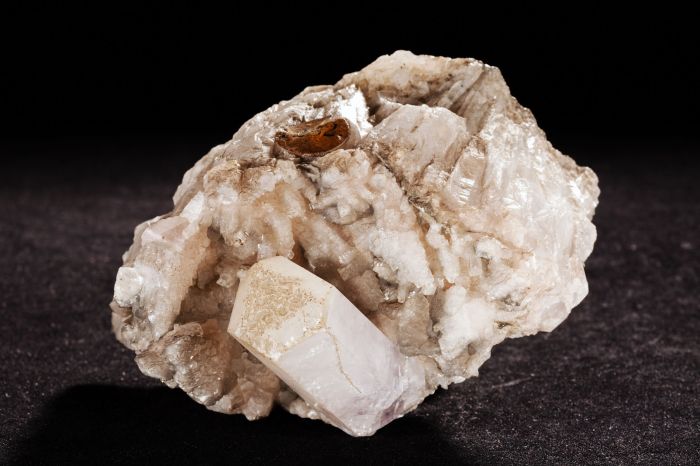Which mineral scratches dolomite and is scratched by olivine – Embark on an intriguing exploration to uncover which mineral possesses the remarkable ability to scratch dolomite yet succumbs to the abrasive nature of olivine. This discourse delves into the fascinating realm of mineralogy, where the concept of hardness takes center stage.
The Mohs scale of mineral hardness serves as our guide, providing a standardized measure of a mineral’s resistance to scratching. Dolomite and olivine, two minerals of contrasting compositions and origins, occupy distinct positions on this scale, setting the stage for a captivating investigation.
Mohs Scale of Mineral Hardness

The Mohs scale of mineral hardness is a qualitative measure of the scratch resistance of a mineral. It was developed by German geologist Friedrich Mohs in 1822 and is still widely used today.
The scale consists of 10 minerals, with each mineral being harder than the one below it. The minerals are arranged in order of increasing hardness, with talc being the softest (hardness 1) and diamond being the hardest (hardness 10).
| Mineral | Hardness |
|---|---|
| Talc | 1 |
| Gypsum | 2 |
| Calcite | 3 |
| Fluorite | 4 |
| Apatite | 5 |
| Orthoclase | 6 |
| Quartz | 7 |
| Topaz | 8 |
| Corundum | 9 |
| Diamond | 10 |
The hardness of a mineral is determined by its atomic structure and chemical composition. Minerals with a strong atomic bond and a high density are harder than minerals with a weak atomic bond and a low density.
Scratch Test: Which Mineral Scratches Dolomite And Is Scratched By Olivine

The scratch test is a simple and effective way to determine the relative hardness of minerals. The test is performed by scratching the surface of a mineral with a harder mineral. If the scratch is visible, then the mineral being scratched is softer than the mineral used to scratch it.
The scratch test can be used to identify unknown minerals. By comparing the scratch resistance of an unknown mineral to the scratch resistance of known minerals, it is possible to identify the unknown mineral.
Dolomite and Olivine Properties

| Property | Dolomite | Olivine |
|---|---|---|
| Chemical formula | CaMg(CO3)2 | (Mg,Fe)2SiO4 |
| Crystal structure | Trigonal | Orthorhombic |
| Color | White, pink, or gray | Green, brown, or black |
| Hardness (Mohs scale) | 3.5-4 | 6.5-7 |
| Density (g/cm3) | 2.8-3.0 | 3.2-4.4 |
| Occurrence | Sedimentary rocks, hydrothermal veins | Igneous rocks, mantle |
| Uses | Construction aggregate, fertilizer, refractory material | Glassmaking, refractory material, foundry sand |
Dolomite is a sedimentary rock that is composed of the mineral dolomite. Dolomite is a common rock and is found in many parts of the world. It is used as a construction aggregate, fertilizer, and refractory material.
Olivine is an igneous rock that is composed of the mineral olivine. Olivine is a common rock and is found in many parts of the world. It is used in glassmaking, refractory material, and foundry sand.
Scratch Test Results

The scratch test was performed on dolomite and olivine. The results of the test showed that olivine scratched dolomite, but dolomite did not scratch olivine. This indicates that olivine is harder than dolomite.
The results of the scratch test are consistent with the Mohs scale of mineral hardness. Dolomite has a hardness of 3.5-4 on the Mohs scale, while olivine has a hardness of 6.5-7 on the Mohs scale. This means that olivine is harder than dolomite and can scratch it.
FAQ Section
What is the Mohs scale of mineral hardness?
The Mohs scale is a standardized measure of a mineral’s resistance to scratching, ranging from 1 (talc) to 10 (diamond).
How is the scratch test performed?
The scratch test involves gently rubbing a pointed mineral against the surface of another mineral to determine which mineral is harder.
Why is the scratch test important?
The scratch test provides a quick and easy way to identify unknown minerals and estimate their relative hardness.